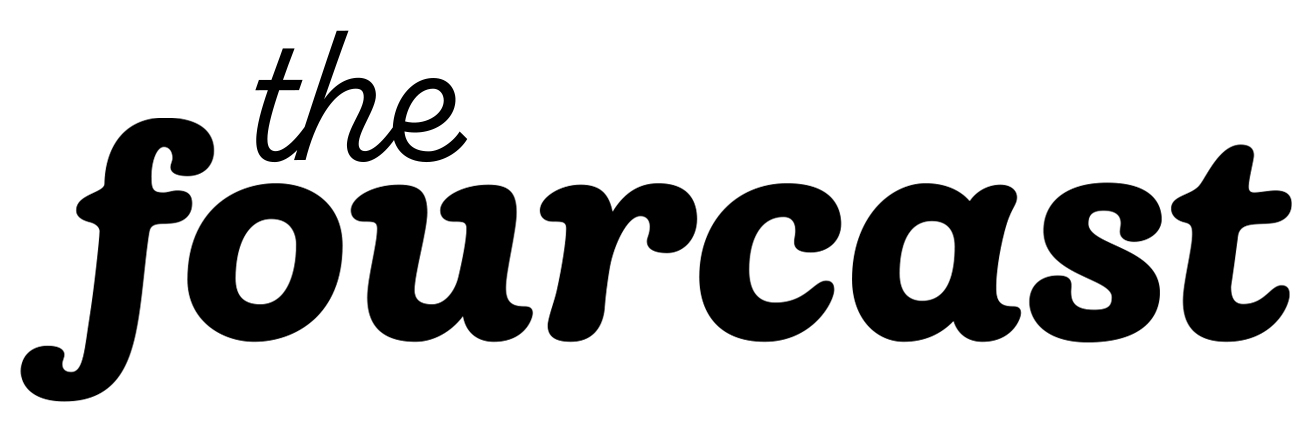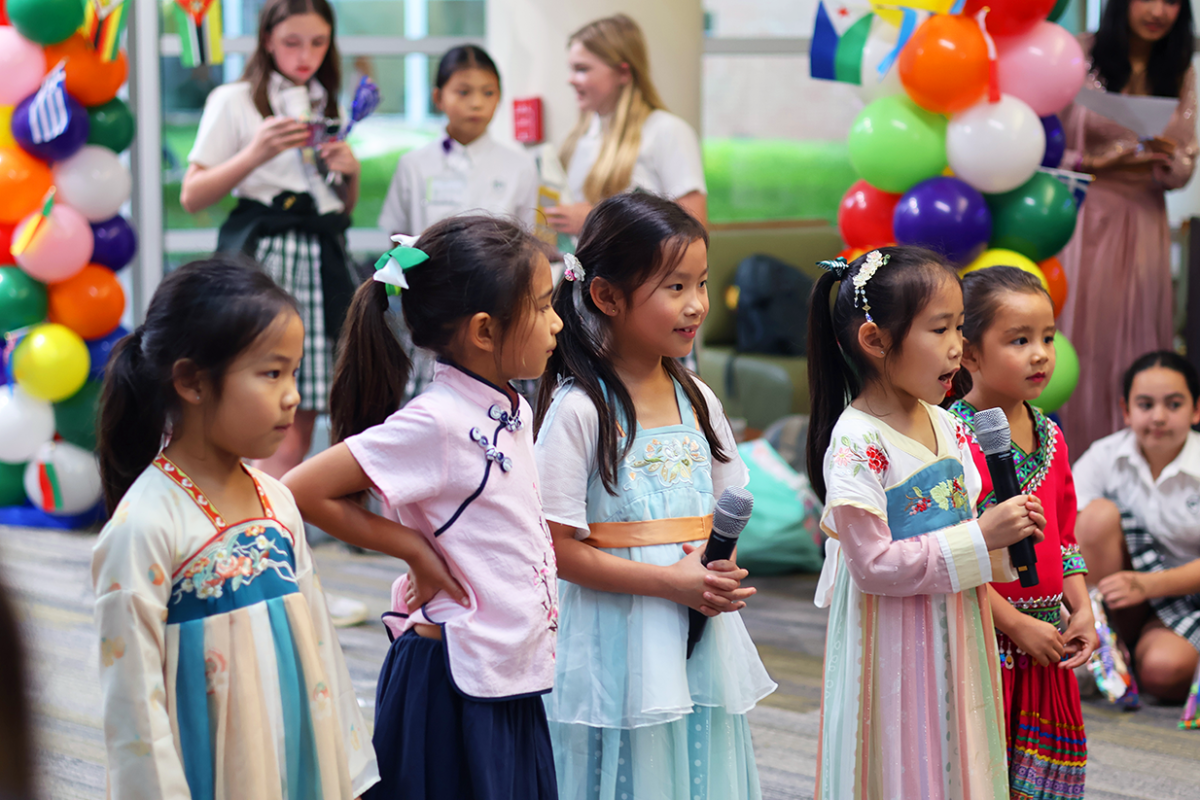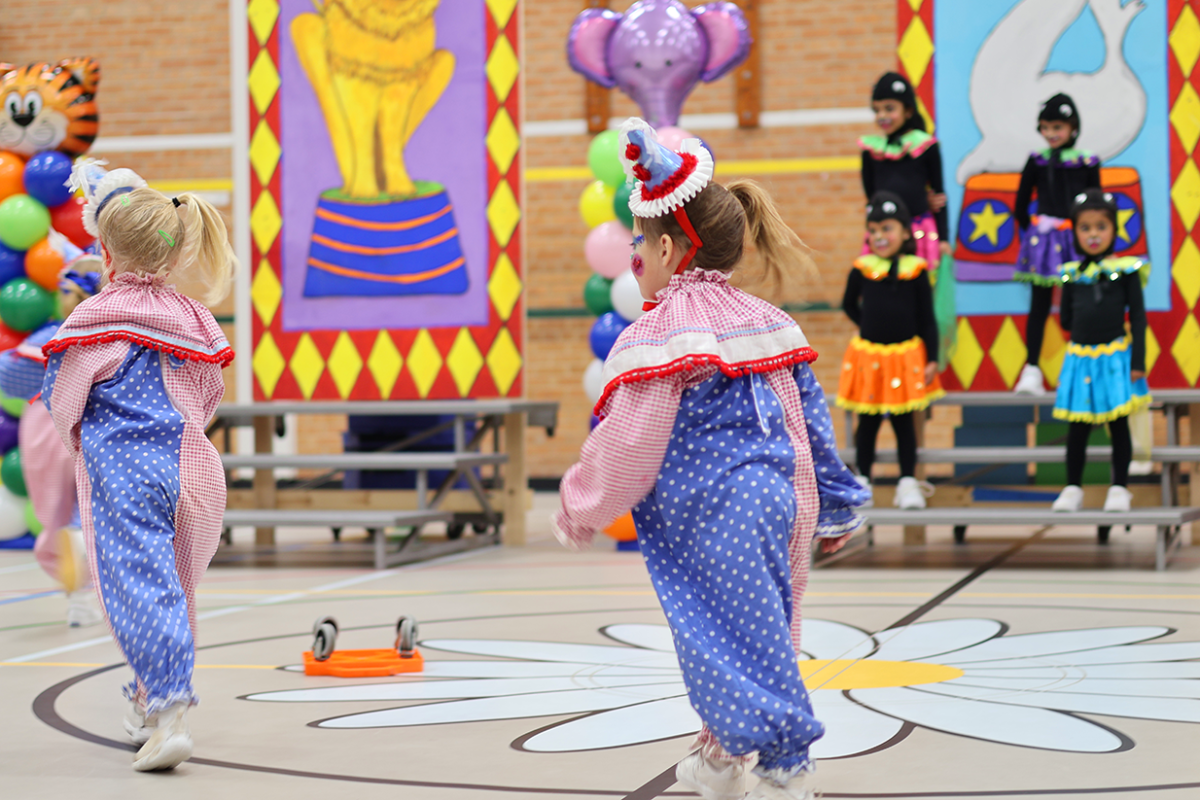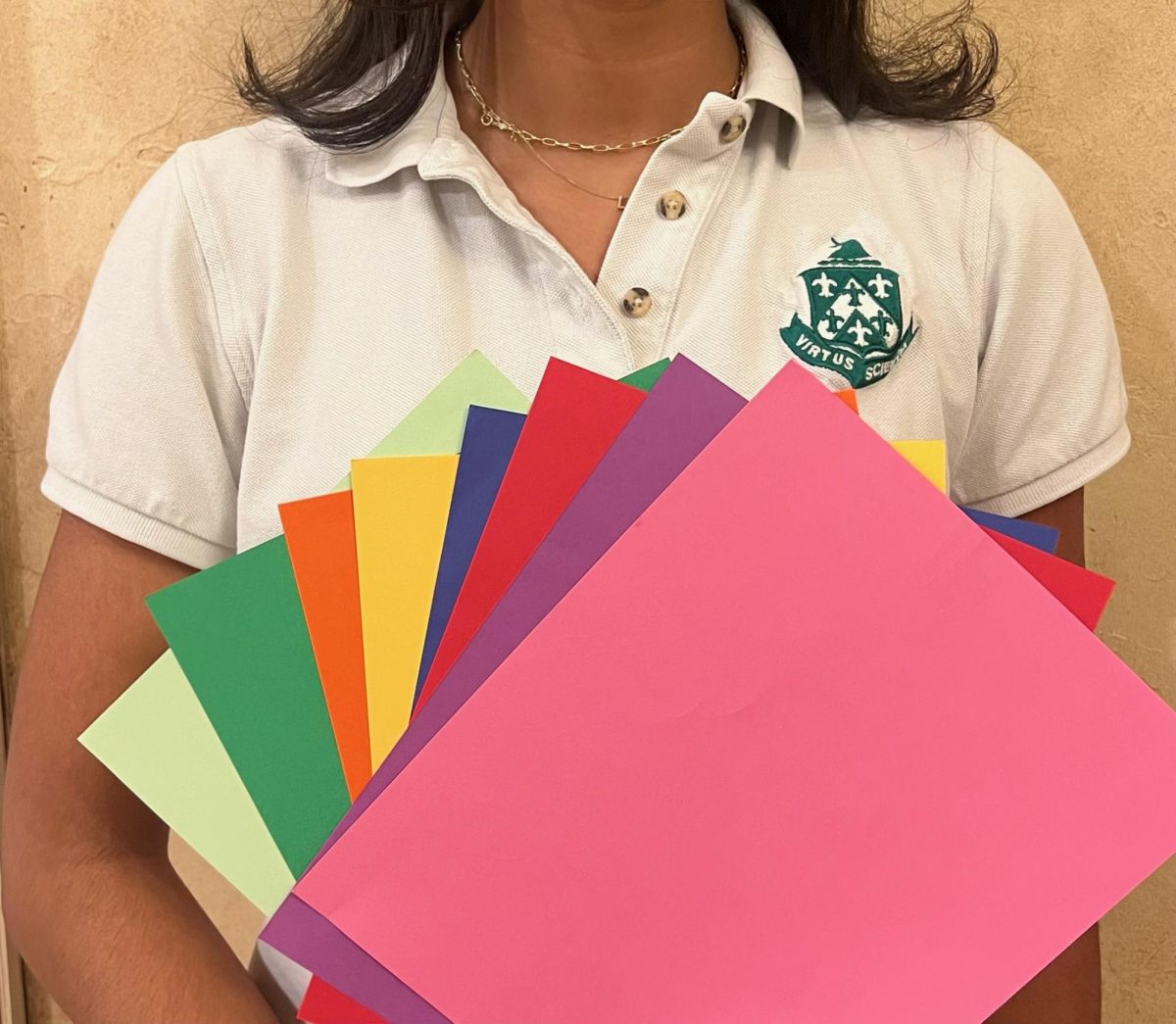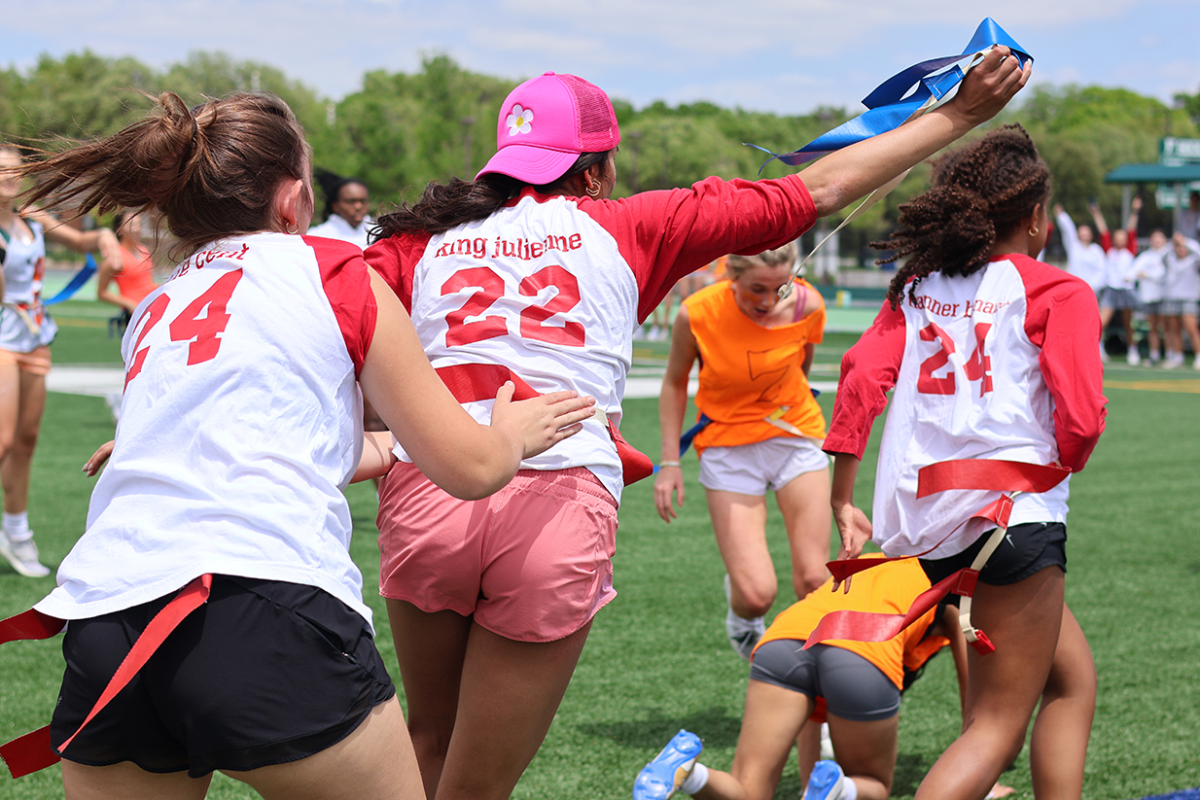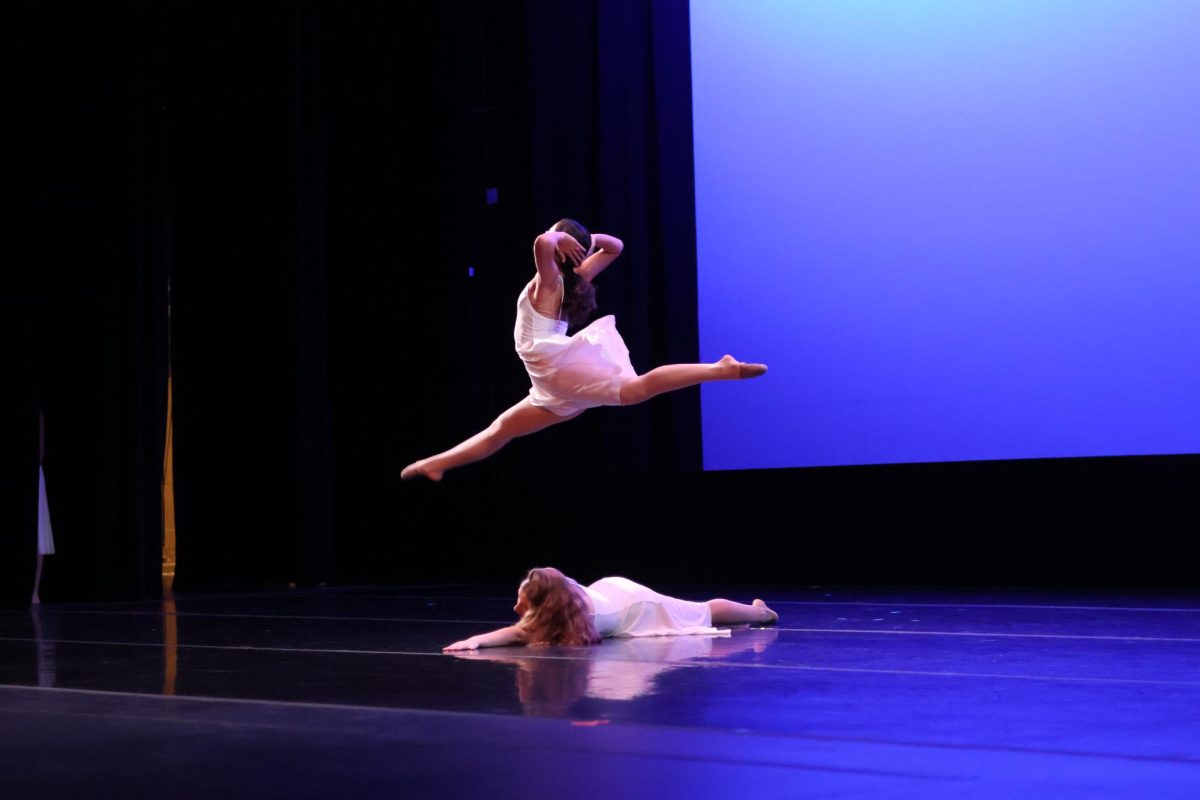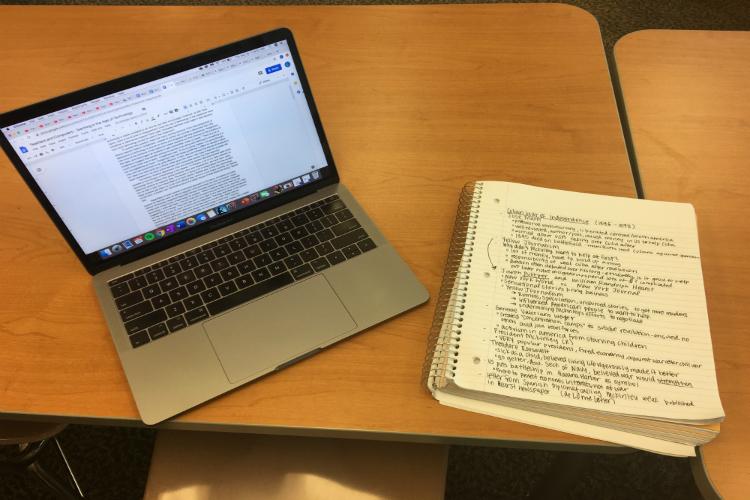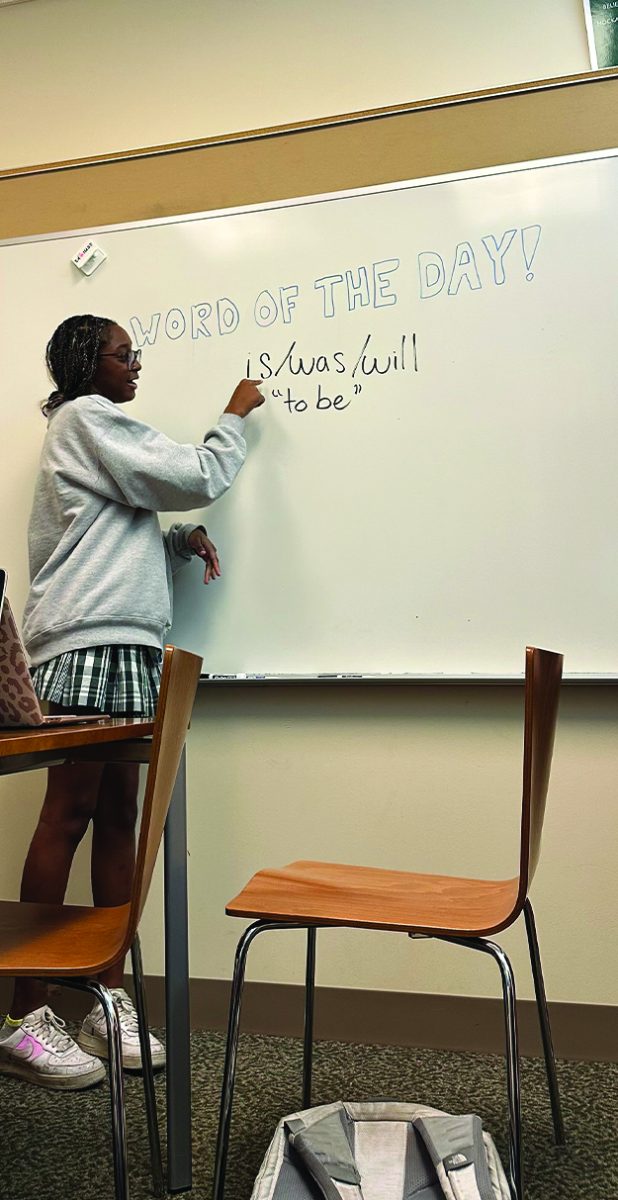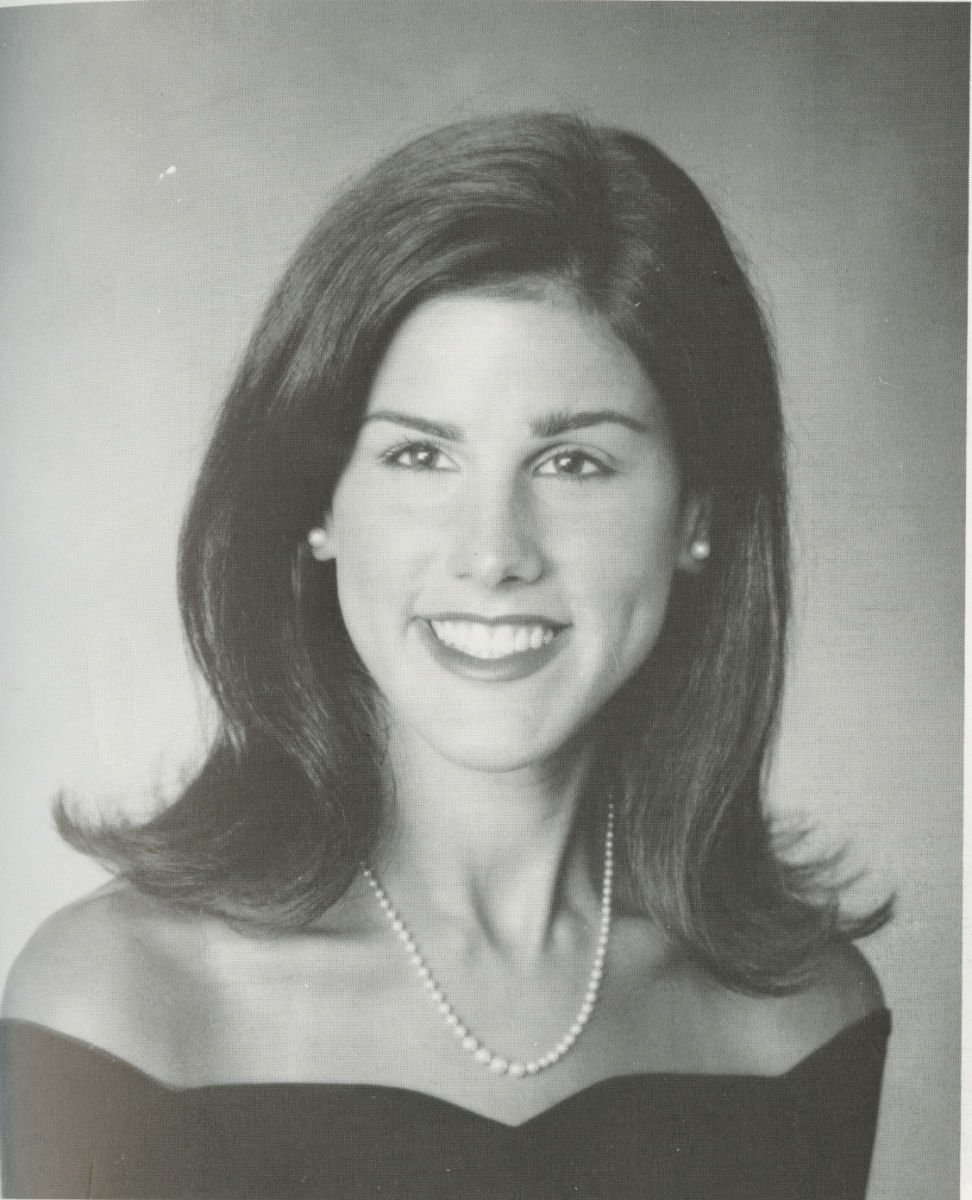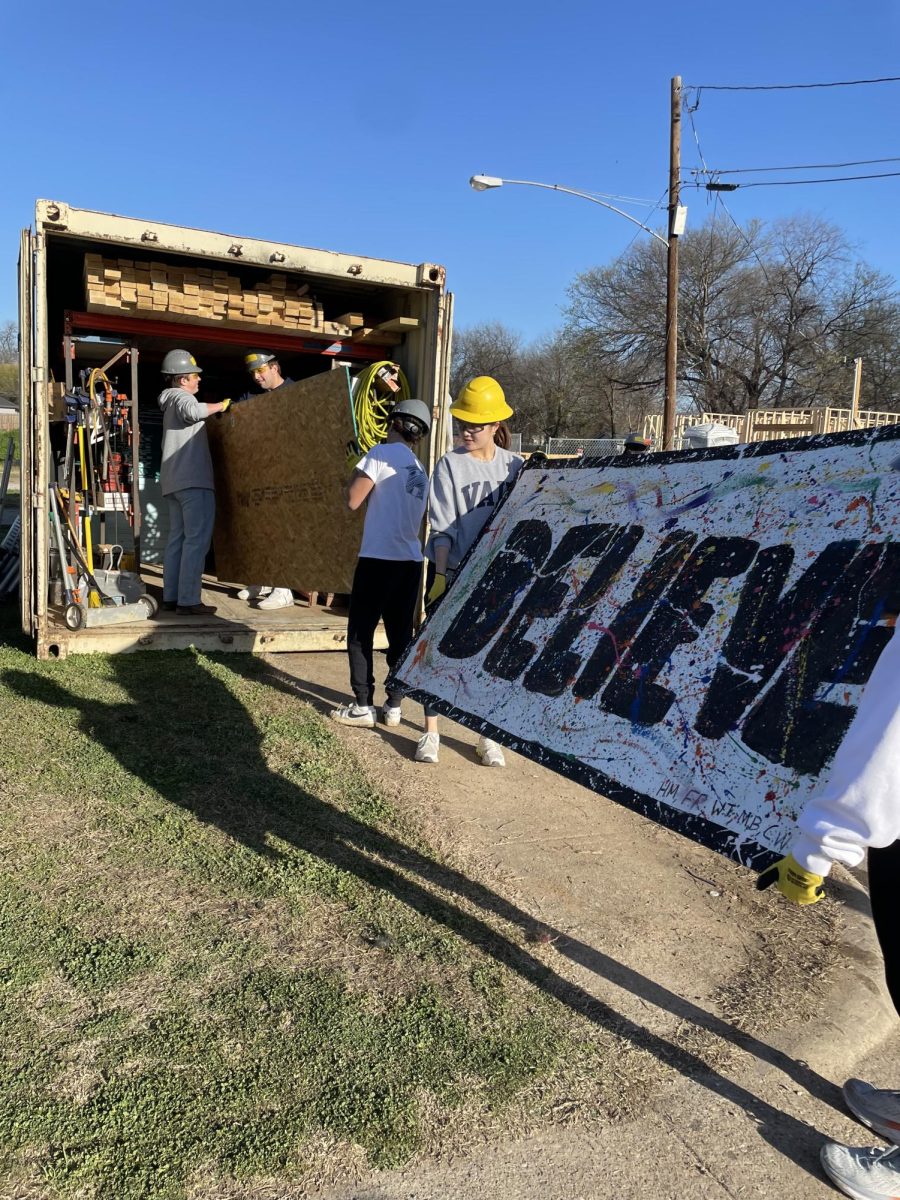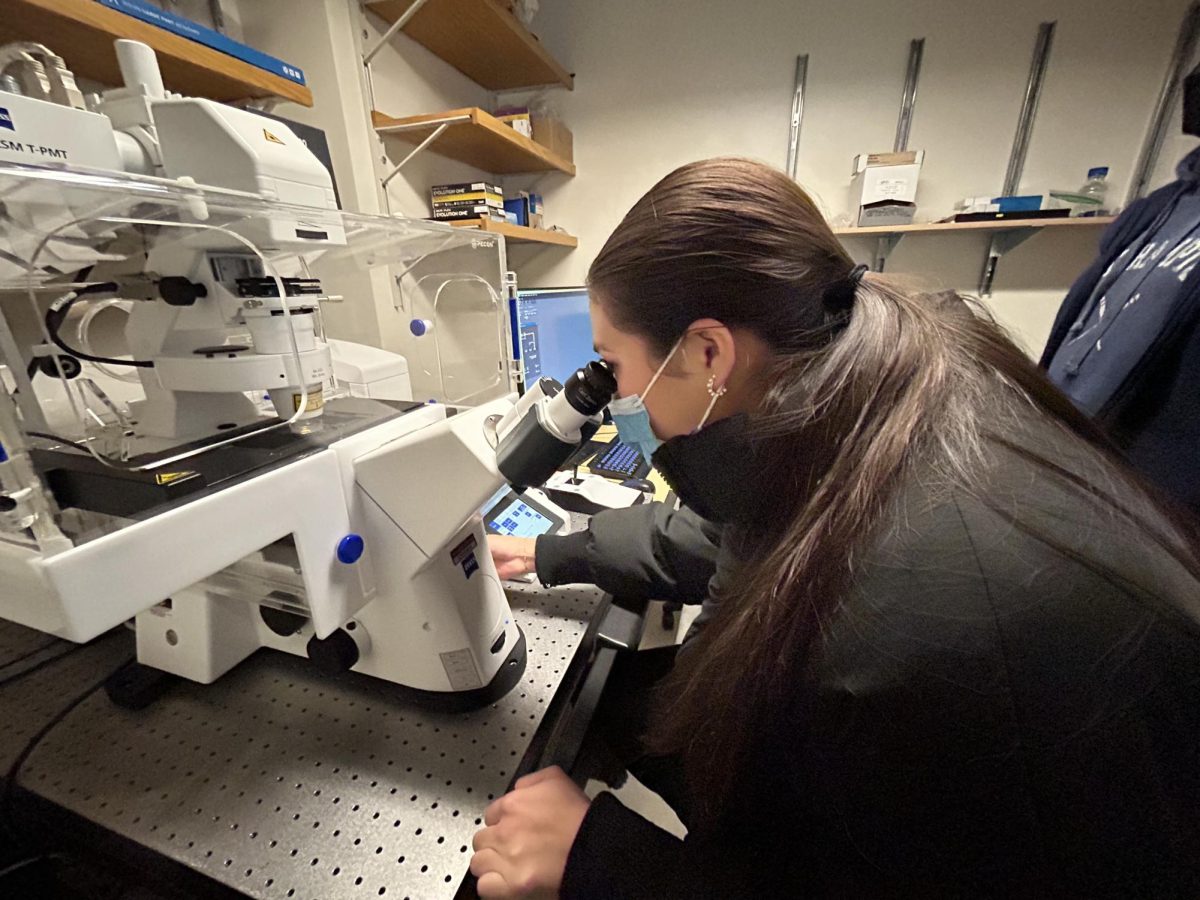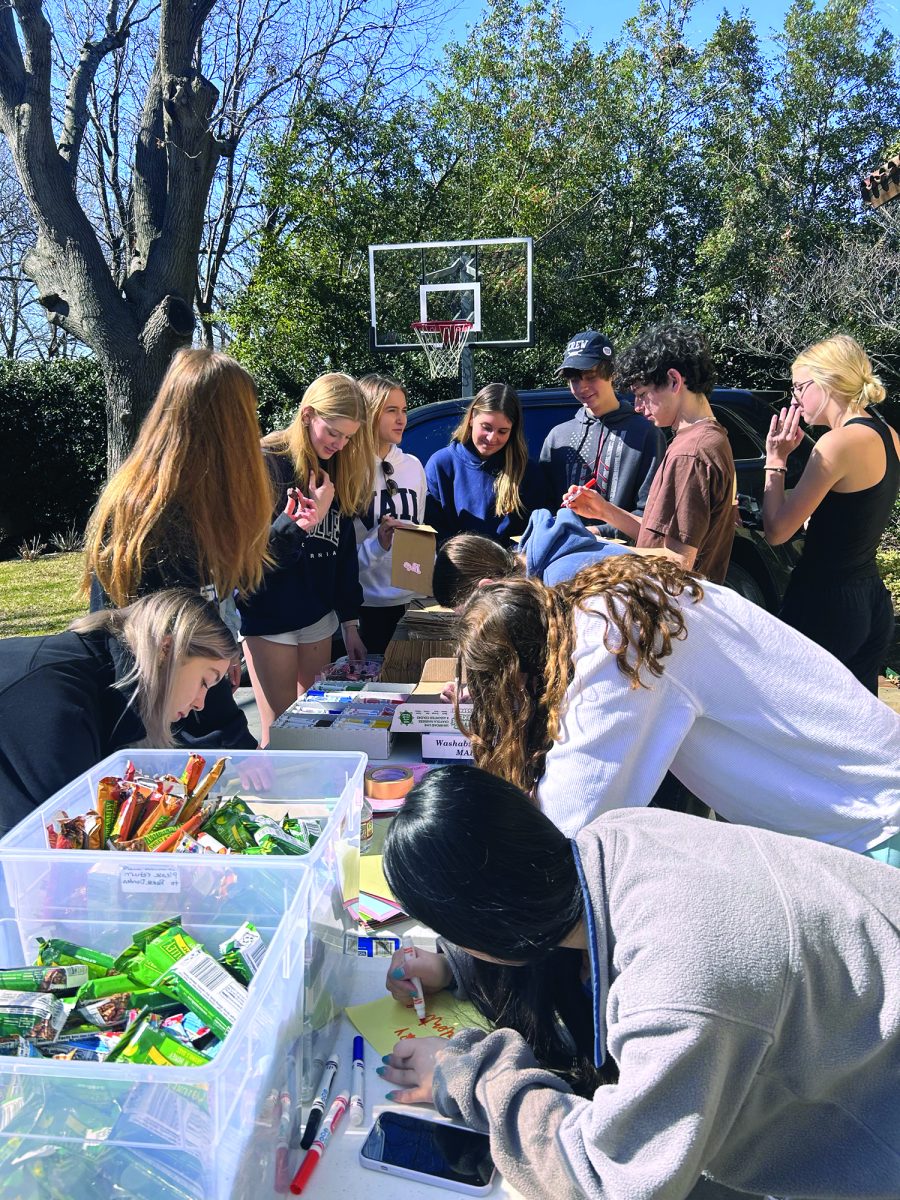In this day and age and at a school like Hockaday with far-reaching resources, advanced technology is readily available to all, and its use often encouraged. However, as with most topics, there is some level of disagreement. Does the use of technology in the classroom have beneficial or detrimental impacts? Each year, teachers must make a vital decision: how much technology should be used in the classroom?
History teacher Kathryn Hodgkinson said classes can provide a disconnect from the distractions of technology to ensure an active and engaging learning experience. Hodgkinson has a box at the entrance of her classroom where students put their phones for the duration of the class, and encourages all students to take handwritten notes on paper.
“There is a lot of evidence to suggest that actually writing the activity to go along with listening to something is a much more active way to learn,” Hodgkinson said. “If you’re typing instead, it is going through, but not registering as much.”
Hodgkinson said she has had these guidelines in effect for almost three years now and has found them to be quite effective. In fact, she has noticed that almost all students in her class now hand-write as a choice, when given the option. Her hope is that this process will teach students to “be more active learners and incorporate activity into their learning.
Conversely, Upper School Science Department Chair and physics teacher Marshall Bartlett sees some benefits of including technology in his classes.
“In Physics, a lot of our data collection is technology-driven,” Bartlett said. “Rather than giving students rulers and stopwatches, we have them using electronic sensors to measure data. The sensor is doing a lot of observations that the student can do with a ruler, but it does them a lot more rapidly.”
In this way, technology helps students get data in a more efficient way, and in a much higher quantity. By freeing up this time, Bartlett said, a student can “be thinking about the larger issues of what [they] are doing.”
Regardless of each teacher’s individual approach, Hockaday provides support for teachers who do wish to integrate more technology into their curriculum. Upper School Technology Integration Specialist Candice Townsley works to help teachers integrate current and unique forms of technology for projects.
“When a teacher says they want to use technology, I meet with them, I find out what kind of project they would like to do, and then I offer suggestions of two or three things,” Townsley said. “They pick one, and I come back to the classroom to show the teacher and the students how to use it so that it can be integrated.”
Townsley said using technology in the classroom is the best way to connect with students who have always had technology in their lives.
“I feel like it’s there, it’s a part of our society,” Townsley said, “so how better to reach and engage with a digital native?”
Story and photo by Laine Betanzos
